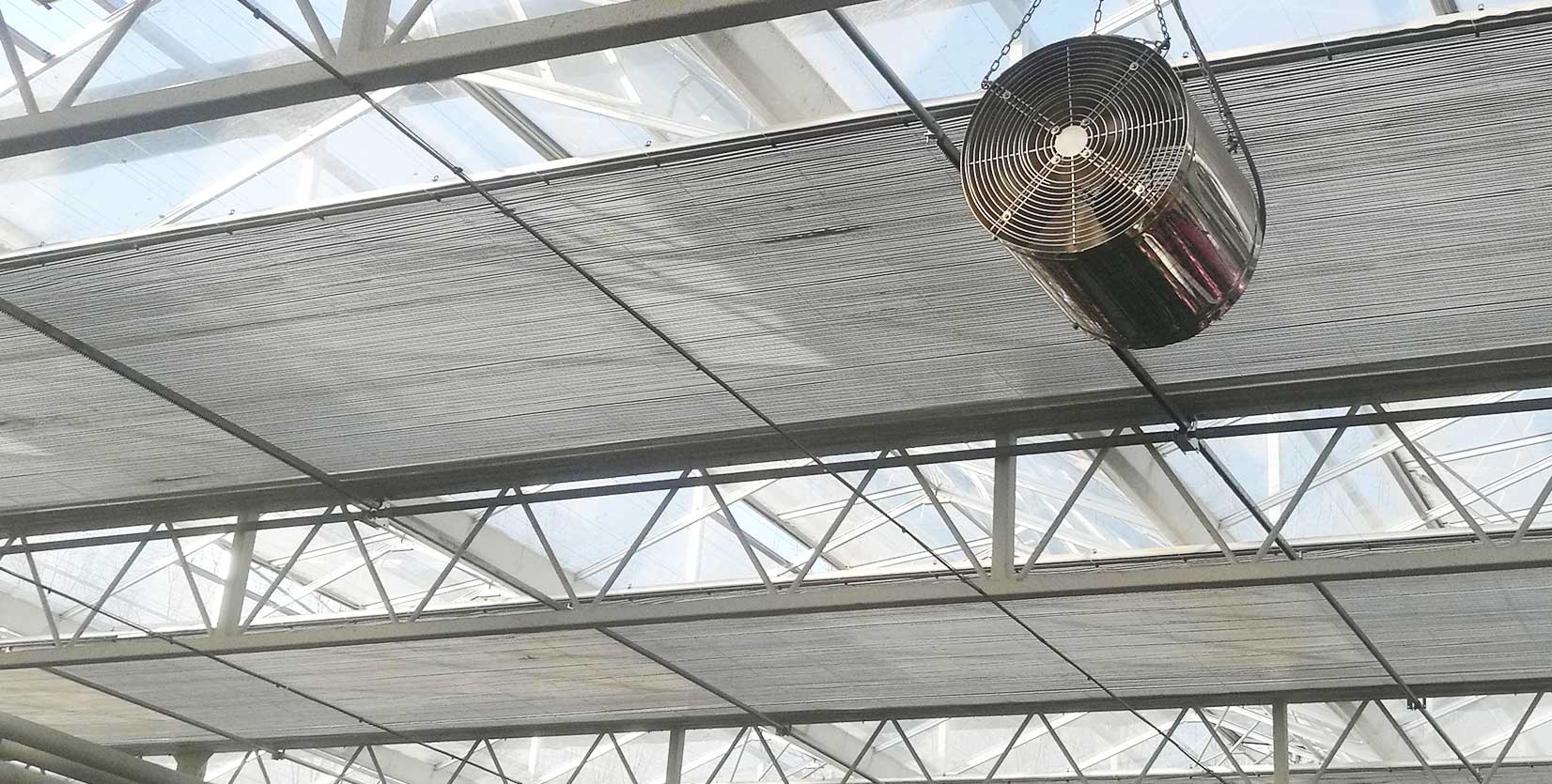Commercial greenhouses can control their climate to create optimal conditions for plant growth. However, climate management in commercial greenhouses often results in high energy consumption, especially in extreme weather. Greenhouse thermal curtains, also known as energy curtains, used in conjunction with curtain systems, can significantly reduce energy costs.
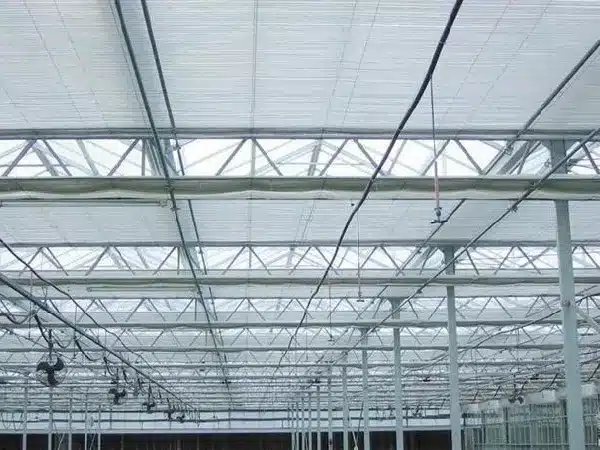
Greenhouse Thermal Curtain
This article will explain how greenhouse energy curtains achieve energy savings and introduce four types of energy curtains, detailing their shading and energy-saving performance to help you make an informed choice.
How Greenhouse Thermal Curtains Work
Greenhouse thermal energy-saving curtains work with internal curtain systems to provide shading, insulation, and heat retention. By reducing the use of heating and cooling equipment, they save a lot of energy.
1. Insulation and Energy Saving
Heat loss occurs mainly due to air convection. When the greenhouse curtain is drawn, it creates an insulating layer of air between the curtain and the greenhouse roof. This layer effectively prevents air convection, reducing heat loss in winter and slowing the entry of hot air in summer. The use of curtains also partitions the greenhouse, reducing the area that needs heating or cooling, further saving operational energy. According to research from the University of Wisconsin, using thermal curtains can save greenhouse growers 30% to 50% on heating costs in winter. It is crucial, however, that the curtain system fits tightly to form an effective insulation layer.
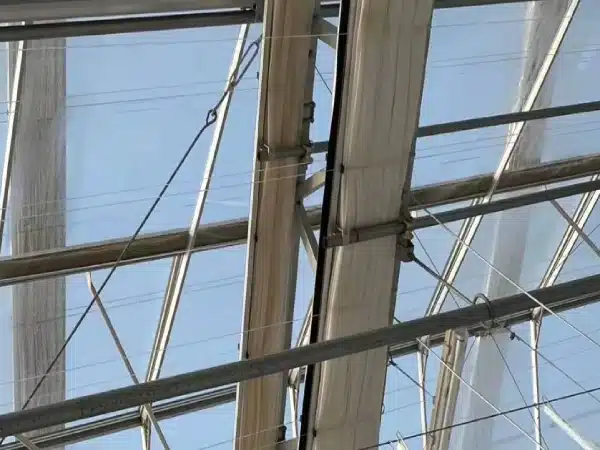
Greenhouse internal curtain system
2. Shading and Cooling
Most greenhouse curtains consist of opaque and transparent strips, which block some sunlight when extended during the day. Curtains made from highly reflective aluminum strips perform better in shading and cooling because they reflect sunlight without absorbing heat. Additionally, the air insulation layer formed when the curtains are drawn reduces the space that needs cooling, helping maintain an optimal temperature inside the greenhouse.
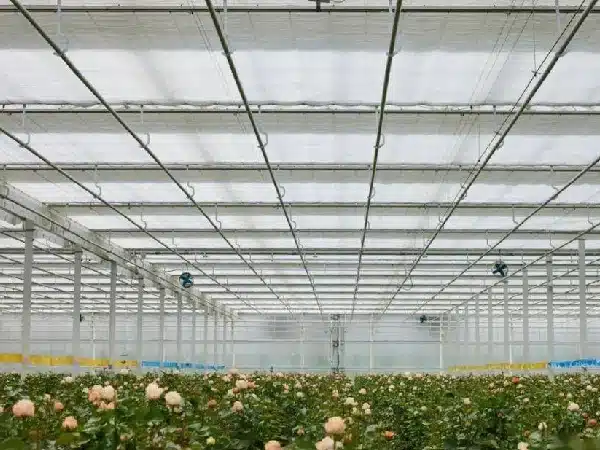
Rose greenhouse equppied with thermal curtains
4 Types of Greenhouse Thermal Curtains
Greenhouse curtains generally offer thermal insulation, but they come in various types to address different climate factors. For instance, in desert and plateau regions, where daytime temperatures are high and drop sharply at night, curtains are needed for daytime shading and nighttime insulation.
1. Aluminum Energy Curtain
This is the most common type of insulation curtain in commercial greenhouses. It features advanced aluminum strip design, reflecting sunlight and diffusing light to maintain optimal temperatures during the day. At night, it acts as a thermal blanket, reflecting heat radiation and reducing heat loss to stabilize the temperature. High-quality aluminum energy curtains can achieve energy savings of up to 70%-80%.
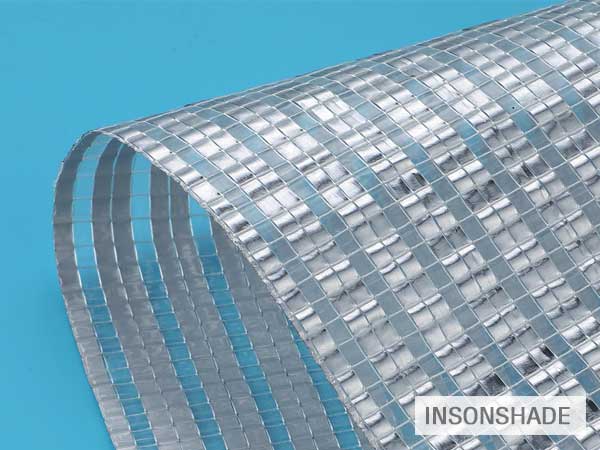
Aluminum Energy Curtain
2. Light Diffuse Curtain
These curtains efficiently diffuse light, distributing sunlight evenly across the plant canopy, protecting sensitive plants from overheating or sunburn, and increasing yield. At night, they prevent dew formation due to sudden temperature drops, reducing plant damage, and provide some insulation to maintain stable temperatures.
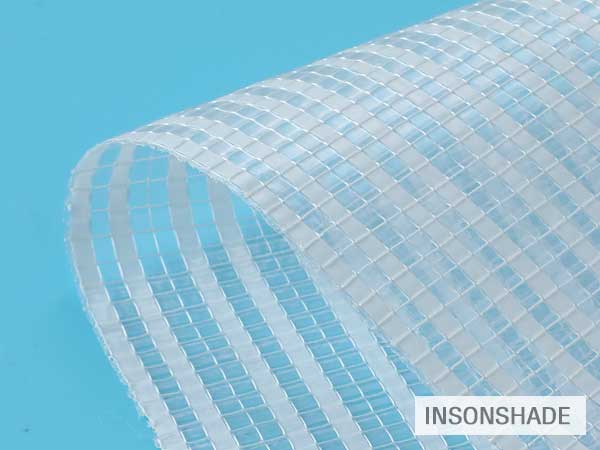
Light Diffuse Curtain
Depending on the type, light diffusion curtains can achieve up to 50% energy savings. These curtains are ideal for plants that require uniform light, like gerberas, orchids, and roses, and perform well in vertical farming systems.
3. Transparent Curtain
Made of transparent plastic and woven strips, transparent energy-saving curtains provide sufficient light during the day and some insulation at night. Their special structure allows adequate water vapor permeability, preventing night dew formation and reducing plant damage.
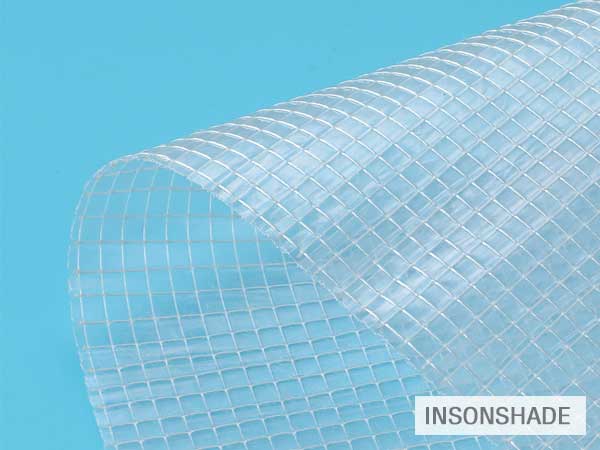
Transparent Curtain
These curtains are suitable for high humidity areas and plants like tulips and lilies that need strict light conditions. They have a light transmission rate of about 80% and can achieve around 45% energy savings.
4. Blackout Curtain
Blackout curtains can block 99.99% of light, regulating the photoperiod of greenhouse plants. Some have aluminum layers for cooling during the day and insulation at night, with fire retardants added by high-quality manufacturers. Their energy savings can reach up to 75%.
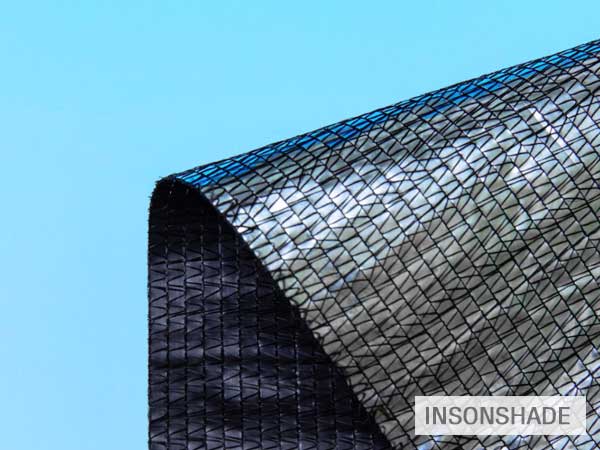
Blackout Curtain
These curtains are ideal for light-sensitive crops like chrysanthemums, mushrooms, and some medicinal plants. They also help avoid light pollution from growth lamps used at night in greenhouses located in high latitude areas.
Conclusion
Various types of greenhouse thermal energy-saving curtains effectively control the internal temperature and humidity of greenhouses while reducing energy consumption and operational costs. Depending on the type, they offer different energy savings and are suitable for various environments. Whether for commercial cultivation, horticulture, or scientific research, using the right curtains can make your greenhouse operation more efficient.
INSONSHADE is dedicated to providing efficient energy-saving greenhouse curtains. With advanced materials and technology, we ensure your greenhouse maintains optimal conditions in all seasons. Contact us to learn more about our products and factory prices!
